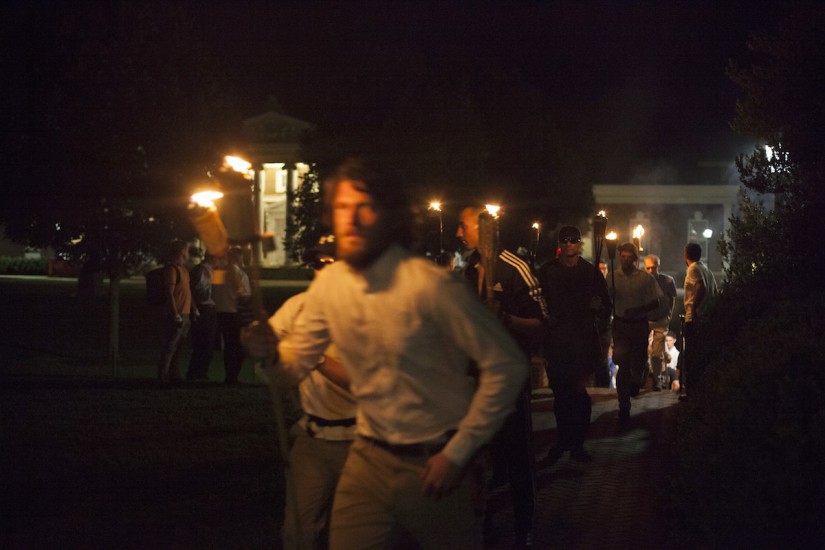A great deal of research has explored Chavez’s thesis that moral outrage can achieve widespread change. Scholars, in examining successful protest movements, have sought to explain how anger goes from the fleeting feeling that Averill studied to a pervasive, more powerful moral force.
One clue to understanding how this shift occurs emerged about a decade ago, when historians began reexamining past rebellions, such as the mutiny against the East India Company in the mid-1800s. For decades, the company had ruled the Indian subcontinent by building armies of indigenous soldiers overseen by British officers. Indian troops were treated poorly, paid very little, and forced to move far from their families and serve for long enlistments. These should have been conditions ripe for insurrection. But there were few uprisings.
Then, in 1857, nearly two-thirds of the East India Company’s regiments broke out in a spontaneous, violent rebellion. When a Stanford researcher named Hayagreeva Rao began examining historical records, he found something noteworthy: Right before those regiments rebelled, a rumor had spread that soldiers’ new rifle cartridges, which they would tear open with their teeth before pouring the gunpowder into their weapons, had been greased with beef tallow and pig fat. Most of the troops were Hindu or Muslim and thus forbidden from consuming beef or pork, respectively. As Rao looked deeper, he found something else: Many soldiers who rebelled had attended religious festivals immediately prior to mutinying, and had listened to religious leaders preaching about the historical oppression of Muslim holy men and Hindu prophets. The rebelling regiments had thus seen their everyday frustrations remade as something more profound. “When the regiments had an opportunity to reframe their complaints as moral offenses, it sparked something,” Rao told me. People’s righteous anger gave them permission to fight back.
Chavez was up to something similar: He made his followers see their discontent as part of a larger story about right and wrong. “Cesar understood that outrage can create cohesion,” Marshall Ganz, who spent 16 years organizing alongside Chavez, told me. “You can’t organize a group of victims. If people only see themselves that way, there’s no sense of agency, no sense of power. But when you tell them that we’re fighting an injustice or an offense to their dignity, they become angry and involved.”
As Chavez’s followers began their march to Sacramento, local police came to block their way. The sight of uniformed cops looming over poor migrants drew attention, and the police soon dispersed. When the marchers continued on, they found families waiting to greet them—and ready to join the protest. By the end of the first week, dozens of families were marching each day. More than 1,000 people welcomed the marchers when they arrived in Fresno. As the group neared Sacramento, the crowds of onlookers ballooned to 10,000.
